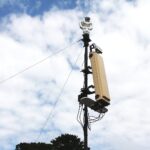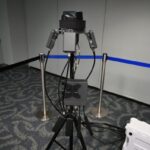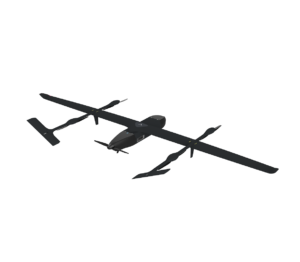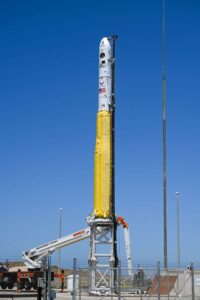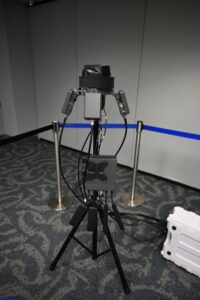
Recently completed testing of technologies for detecting drones and mitigating potential threats at five domestic airports showed mixed results in terms of vendors’ systems that were able to complete the test program, the Federal Aviation Administration (FAA) official in charge of the effort said on Wednesday. The actual performance of the counter-unmanned aircraft system (C-UAS) technologies that were tested is still being analyzed but 62 percent and 33 percent of the detection and mitigation technologies, respectively, completed the program, Jim…

 By
By 
